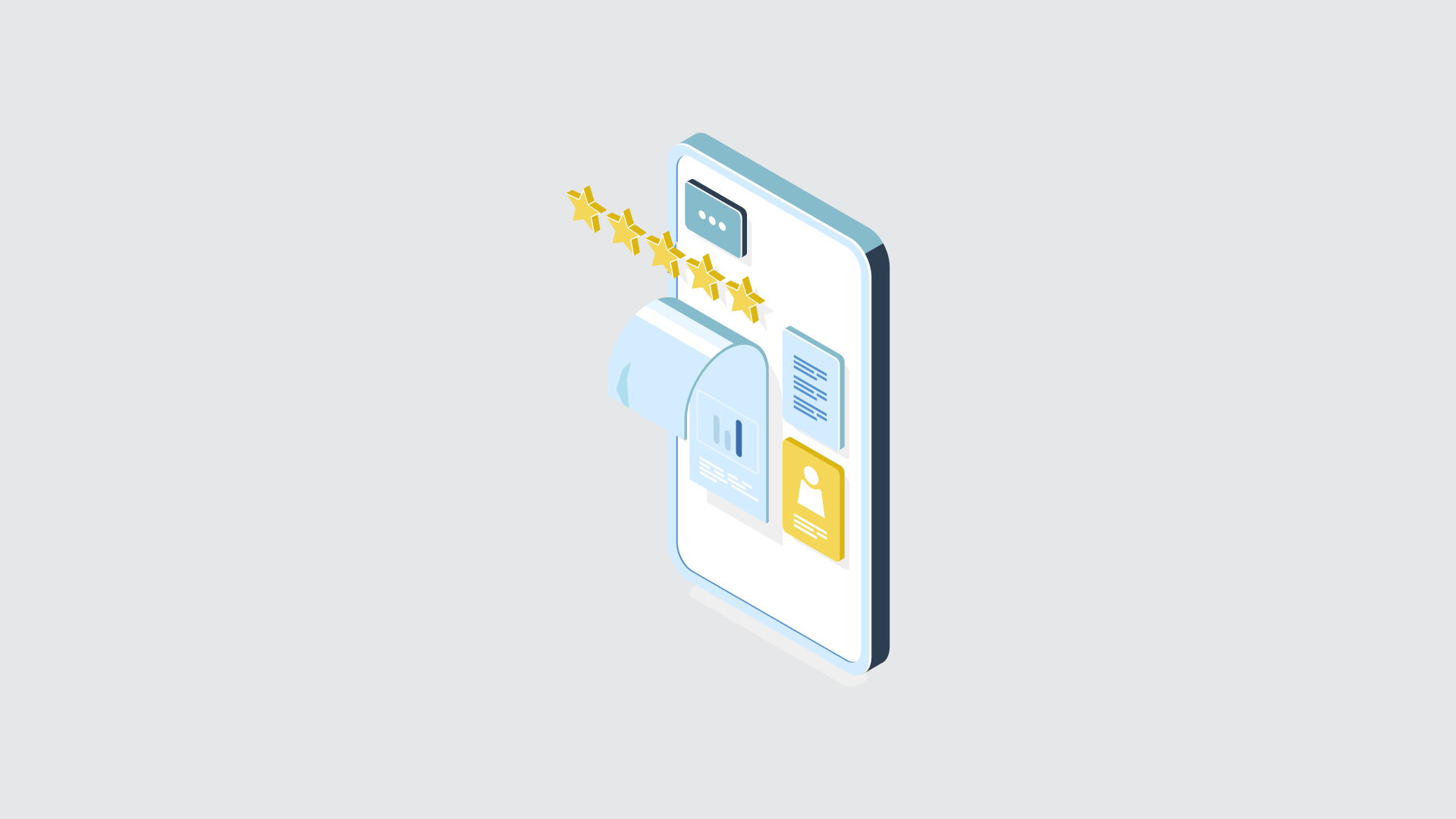What does customer success mean? Customer success means helping customers succeed. In other words, it’s about ensuring that customers get the value they expect from their relationship with your company.
Customer success is a term that has gained traction over the last decade. The idea behind it is simple, companies should focus on providing excellent service to their customers.
How do you get customers to love your product or service? How do you ensure they stay loyal and continue using your product or service?
Customer success is a critical part of running a successful business. If you want to build a loyal customer base, you need to provide exceptional support. This guide will show you how to create a customer-centric culture within your organization.
|
What Is Customer Success? Customer success is anticipating customer challenges or questions and proactively providing solutions and answers. Customer success helps you boost customer happiness and retention, thus increasing your revenue and customer loyalty. |
1. Get everyone around the customer
One person or team responsible for everything is not reasonable at all. It creates isolated silos of data and makes it difficult to understand customer needs. Customer success should be a team sport.
You need someone who runs the point and acts as the captain and coordinator for the team, but everyone needs to be able to work with customers. Customer service professionals often need to understand their customers, and then find out the best way to communicate with them.
But why not have the Customer Success Manager (CSM) bring the Product Manager (PM) directly into the customer conversation? At a large company, this type of feedback won't scale, but at a small company, the information a project manager can capture directly from the client is priceless. If a product manager does not want to engage with customers about their issues, then he/she is doing it wrong.
With the right system in place, this interaction can be fast, useful, and well-organized. It will mean that customers receive the best answers faster. You can institute weekly reporting and/or monthly meetings to keep the entire team informed on customer feedback. Or you can make sure each member of the team responds to a certain number of inquiries per week, which will ensure that everyone has an understanding of the customer’s needs.
The CSM is always the person who manages the back-and-forward communication, but this approach lets your entire team focus on what the customer needs. It shares information and makes things better for everyone.
2. Help your customers how they want to be helped
They don’t want their time wasted. They want to receive help when they need it, most simply and quickly possibly anything. Perhaps this means a phone call from someone who works for your company during working hours, but it could also mean an easily found support article, a series of quick emails, or a social media message.
Customers are in control now, and they don’t want to wait for an agent to answer their questions or fill out forms. If you cannot provide the promised level of service, customers are more likely than ever to look elsewhere for their needs. So, make it easy for customers to contact you if they need help solving their problems.
The idea here is not to force people into your system but rather to let them come to you. Create a knowledge base to help others with DIY support and embrace any channels that questions come in from.
Figure out which option will make the most sense for your customer base, and then go with it. Slack, websites, Facebook Messenger, email and chat are all channels through which customers can communicate with you. So, be sure to respond promptly.
You will need time to adapt to those new channels, but you will begin to see messages from people you haven’t seen before. People are more likely to share their thoughts and ideas when they feel comfortable doing so. Therefore, encourage the discussion.
3. Solve short and long-term needs
Customers call or write when they need help with a specific problem. It is essential to address that issue and address it effectively. However, it’s also important to look at whether there are any bigger issues or opportunities that you see for that customer, too.
If someone contacts you and you help them with their problem, and also show them an opportunity they're not aware of, you've just completely turned an unhappy customer into a happy one! You can't do that if you spend most of your time doing things like getting their account number, repeating their problem, finding someone who can help, or ticking off the boxes in your internal process.
If you want to get good at sales, you need to invest time into building a system that provides you with the right information about each potential client before they contact you. So that when they do contact you, you know exactly who they are and can quickly figure out what you can do for them.
If you let customers know that you will be taking as much time as they require and that you want them to tell you everything about their business, their challenges, and who they are and you’ll be having much more valuable conversations with them.
If you're a customer success team that's scaling, you may wonder how slowing down to focus on customers will help you grow. Remember, the time spent by you on customers will be worth it – because customer success is a source of revenue generation, not a cost centre.
It is cheaper to retain existing customers than it is to acquire new ones. Satisfied customers buy more frequently and spend more money. Happy customers spread the word about your business and bring in new leads for free.
4. Take time to understand customers
Customers can either be your biggest fans or worst detractors, but it doesn't need to be a secret which category they belong to.
It’s important to talk to people one by one to get an understanding of their needs, but tracking these conversations at scale is the best approach for turning customer success into a growth engine.
Net Promoter Score® (NPS) can be used as part of every customer interaction, quickly providing you with a data-driven pulse of customer satisfaction. It will help you identify the issues that cause the most dissatisfaction among your customers.
This data is priceless. It should inform long-term product decisions, as well as short-term customer service and marketing efforts. If someone is unhappy with you, talk to them and try to understand why they're upset. That alone may be sufficient to prevent them from switching. If it doesn't work out, you've learned something important for the future. With customers in control of their own experience, you cannot afford to not know why they left you as a customer.
5. Provide personalized solutions
Every customer is different, so there is no single solution for everyone. Customizing your customer service efforts so they match the specific needs of each customer is a great way to develop strong relationships with them. It gives them a sense of belonging to your business rather than just another number on your sales sheets.
A customer relationship management (CRM) system helps you keep track of customer interactions and relationships. A CRM is software designed to record customer data and store it in an easily accessible, centralized location. With this software, employees can easily record customer interactions and store them for future reference. Customer success teams can analyze the data they've collected and use it to create new solutions for their clients' needs.
The Ritz Carlton hotel is synonymous with customer success and luxury. In this video, Horst Schulze founder of the Ritz-Carlton discusses his new book, "Excellence Wins," but also shares knowledge on caring and how it goes a long way in a business. He even helps us see the value in customer service and what it means to the bottom line.
6. Hire the right amount of staff
As your business grows, so will your customer base, and it is important that your staff does not become a burden on your customer success team. You do not want to impede or plateau growth during this stage, so it is essential to hire the right amount of staff to accommodate the increase in demand. No matter how big your business becomes, providing customers with that personal touch must always be a priority.
A good rule-of-thumb for SaaS companies is to not assign more than 40 customers per customer success representative. If you do, you will likely overwhelm your employees, resulting in frustrated customers and possibly even customer churn. Therefore, it is crucial to ensure that you have the right amount of staff to provide the necessary support to your customers.
If your customer demand continues to rise but you are unable to hire any new representatives, consider using customer support tools. Automation tools like chatbots and artificial intelligence (AI) can help streamline customer support functions, making it easier for your team members to take care of more than one task at a time. By doing so, you can increase the bandwidth of your customer success team without hiring additional staff members.
It is important to remember that customers are in control of their own experience. With the rise of subscription services and more choices in every industry, it is crucial to provide an awesome customer experience to stand out from competitors. This transition presents an opportunity for improvement, and by focusing more energy on existing customers rather than new prospects and marketing leads, you will be able to outdo your competitors.
Ultimately, when your customer succeeds, you too will succeed. Therefore, providing the necessary support and personal touch to your customers is essential to ensure continued growth and success. By hiring the right amount of staff and using customer support tools, you can provide exceptional customer service while accommodating an increase in demand.



.png)